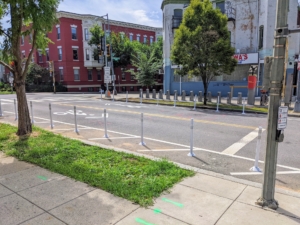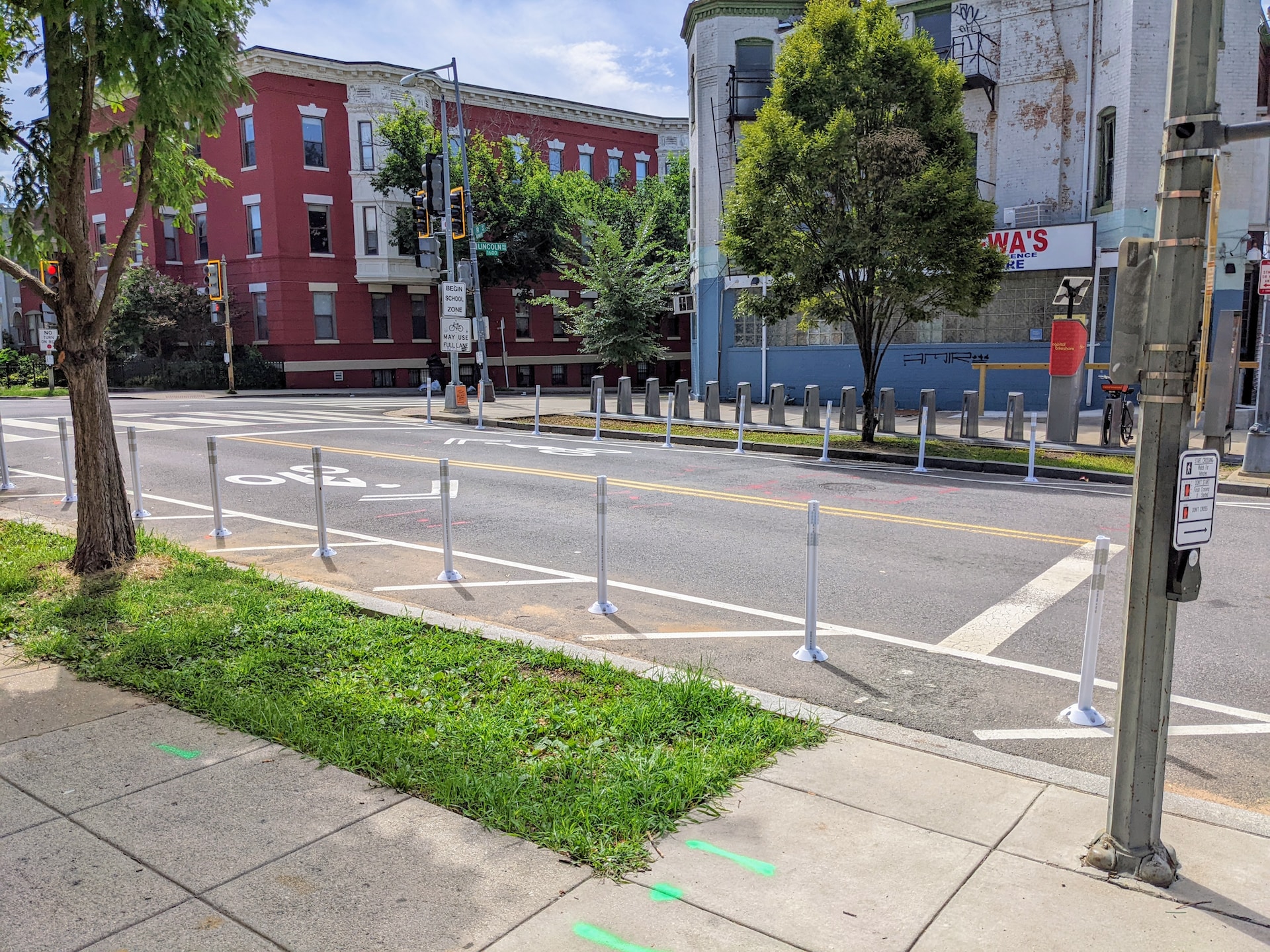Here’s something that may surprise you! Statistics tell us that American roads are more dangerous than those of other developed countries. The U.S. roadway fatality rate has hovered around 12 deaths per 100,000 motorists for the past 15 years, while other developed countries have traffic fatality rates of under 5 per 100,000.
U.S. roads are also disproportionately dangerous for cyclists as well. Even though bicycle trips only represent 1% of all trips in the U.S., cyclist deaths account for over 2% of traffic fatalities. And even more alarming is the fact that bicycle fatalities in the U.S. have increased by more than 40% in the last decade.
Two new federal funding programs created by the Bipartisan Infrastructure Law (BIL) were designed to address road safety, and just last week, hundreds of millions in funding were made available for projects to improve the safety of America’s roads. The U.S. Department of Transportation announced $817 million for projects to improve road safety in heavily trafficked regions and $645 million for road safety projects in rural areas.
As a result of that funding support, California’s Department of Transportation will invest hundreds of millions in road safety by 2028. Two of the safety projects, located in Mendocino County in northern California, are being designed now. A stretch of Highway 101 near Willits will receive safety upgrades at a cost of $24 million. The project will include widening roadway shoulders, realigning the roadway, adding high-friction surface treatment, installing rumble strips and replacing a median barrier. Construction for this project is scheduled to begin in September 2026. Another $19.3 million will be used to improve road safety near the Outlet Creek Bridge. This effort will include installing the same safety improvements along a stretch of road north of the bridge. Additionally, the project calls for upgrading and extending the route’s guardrail, replacing sign panels and improving drainage. This project is set to launch in 2025.

Photo courtesy of Gordon Chaffin on Unsplash.
Officials in Detroit will use a $24.8 million grant from USDOT to improve bus stop accessibility and safety at 56 intersections with high accident rates. The funding requires a 20% match from the city, so the total project cost carries a price tag of $29.8 million. Construction is slated for 2025.
At a cost of $25.5 million, the Washoe County Regional Transportation Commission will carry out safety improvements to Military Road in Lemmon Valley, Nevada. The project will make safety adjustments, which include widening the road to increase capacity. Bicycle lanes, along with pedestrian walkways and intersections, will be improved to minimize vehicle-vehicle, vehicle-bicycle and vehicle-pedestrian collisions. Drainage infrastructure improvements will also be a part of the overall effort. The project is currently in the design phase, and construction will likely follow in early 2025.
Officials in Minneapolis will use a recent $20 million grant from the Safe Streets for All Program to support a Vision Zero initiative. Additional funding of $3.5 million will also support an effort to improve safety along 25 miles of roadway designated as high-injury streets. Specific plans to address the road safety concerns include implementing safety islands, protected bikeways, safe intersections and adding new signage. Additionally, the project will include pedestrian flashers, street lighting, mobile speed wagons for speed limit enforcement and traffic signal improvements at 526 intersections.
A 2.5-mile section of Nolensville Pike in Nashville, Tennessee, will receive safety improvements with financial support from a recent $13 million grant from USDOT, along with a local match of $3.2 million. Nolensville Pike has a high frequency of reported injuries and fatalities, more than a third of which involve pedestrians at night. The upcoming project will focus on improvements to enhance safety measures for pedestrians, cyclists and drivers along one of Nashville’s most dangerous roads. Safety upgrades will include new sidewalks, current sidewalk repairs, enhanced street lighting, bike lane improvements and new bus stop designs. Intersections will have high visibility crosswalks and increased time for pedestrians to cross roadways. Engineering and design plans will be finalized soon, and construction is slated for 2024 with a completion date of 2026.
City leaders in Fontana, California, will spend $30 million to improve safety on Foothill Boulevard around the Malaga Bridge. The project will include infrastructure improvements to drastically improve safety for motorists, pedestrians and bicyclists. Specific project objectives include the addition of one lane in each direction, left turn pockets and adding bike lanes. ADA-compliant curb access and return ramps will be constructed, and a new traffic signal will be installed at the intersection of Foothill Boulevard and Beech Avenue. The project will also include demolishing and replacing the historic Malaga Bridge. The project is currently undergoing an environmental review. Design will follow, and construction is scheduled to begin in late 2024.
Rural communities are also receiving funding for very similar types of road safety projects, and most initiatives will be overseen by local engineers from each state’s Department of Transportation. Contractors interested in these upcoming opportunities will be able to secure more detailed information locally.







